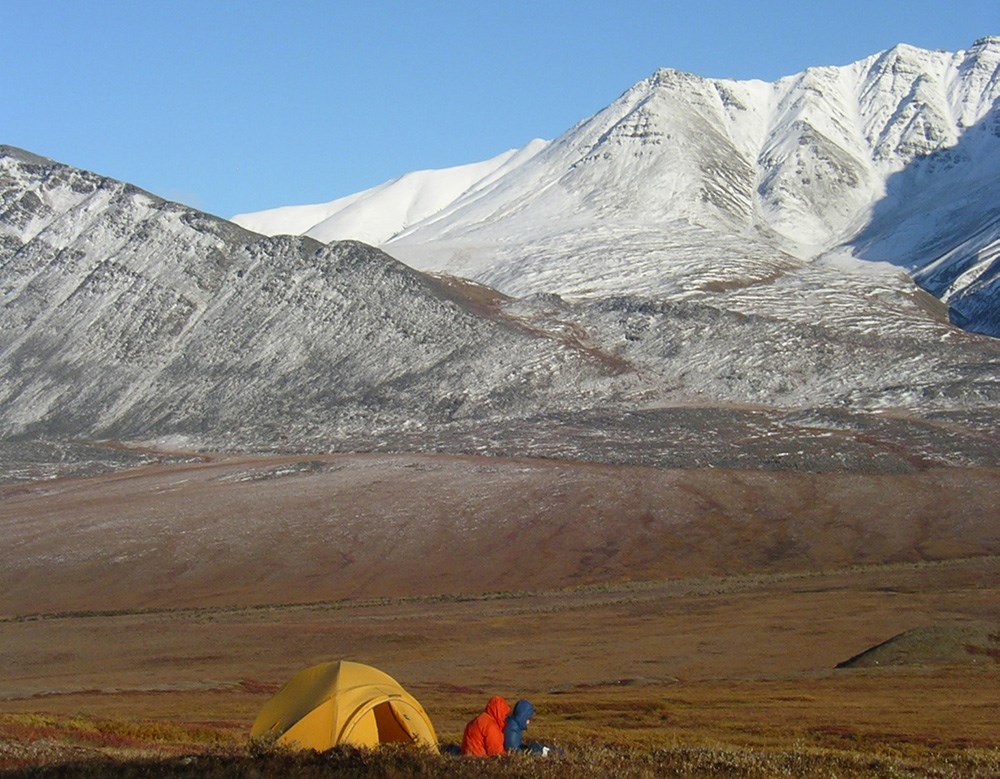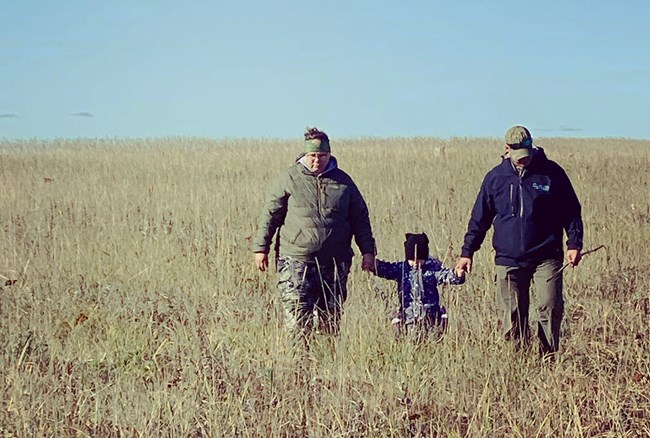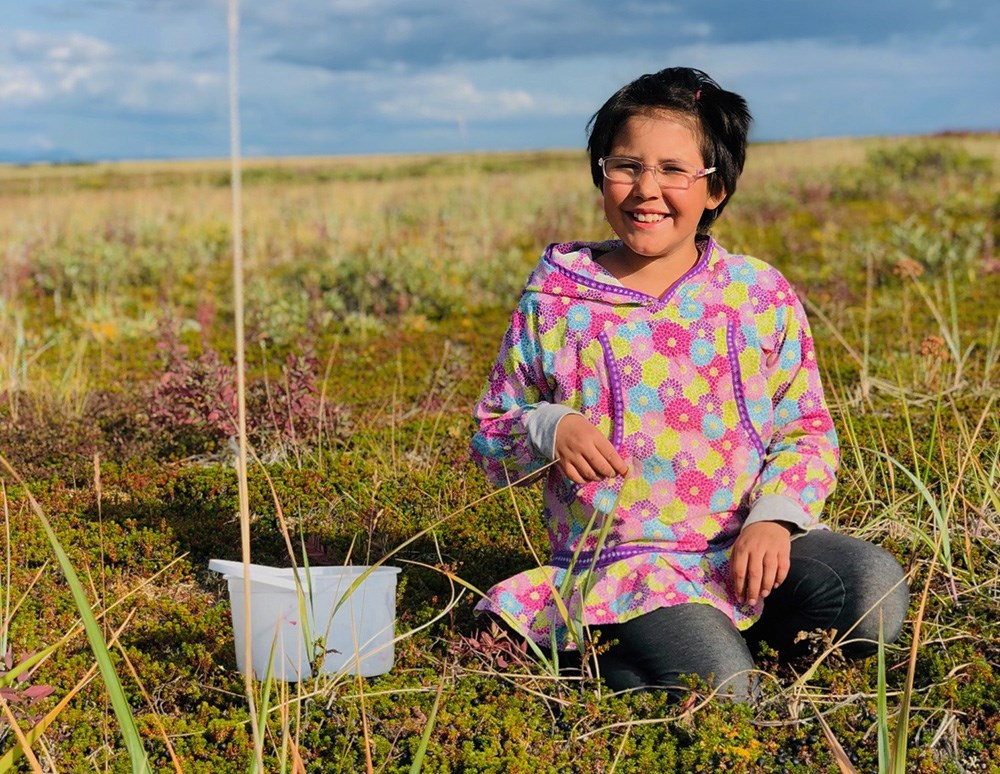Last updated: December 18, 2023
Article
Reimagining Wilderness

Photo courtesy of Don Pendergrast
The National Park Service Alaska Region is reimagining the idea of wilderness in a way that recognizes and honors human connections with the land. Over the last several years we have been working to create a cultural shift within the agency to think about wilderness not as a place void of people but as a place where people can find a diversity of meaningful connections with the land.
Here we describe a new, more inclusive model about wilderness in Alaska national parks.

NPS/Maija Lukin
Wilderness and People
To temper environmental destruction such as wide-spread logging, mining, damming rivers, and the use of pesticides and toxic chemicals that were rampant during the 1950s, the Wilderness Act of 1964 was passed “in order to assure that an increasing population, accompanied by expanding settlement and growing mechanization, does not occupy and modify all areas…” Unfortunately, a law intended to protect the health of natural landscapes is often conflated with the concept of wilderness as defined by popular culture, which perpetuates a myth that America was sparsely populated prior to 1492 and its ecosystems were virtually unmodified by human actions. By extension, wilderness is often presumed to be a place where people don’t belong.
We know this is untrue. We are committed to addressing these misconceptions in National Park Service stewardship of federally designated wilderness in Alaska.

NPS/Maija Lukin
Changing the Story
More than half of the land stewarded by the National Park Service in Alaska was designated as wilderness in 1980 through the Alaska National Interest Lands Conservation Act (ANILCA); therefore, we are well-positioned to help change the narrative around wilderness lands. We aim to convey the following themes in our communications with new employees and the public:
- Wilderness stewardship builds upon the legacy of shared connections between people and the land.
- Homelands of Indigenous Peoples that are now also recognized as wilderness are the culmination of thousands of years of Indigenous land stewardship.
- People belong in wilderness and can find many ways to use and value wilderness lands and waters.
The 1980 ANILCA and the 1964 Wilderness Act support our interpretation of wilderness as a place where people belong. The Wilderness Act states that the National Wilderness Preservation System was created “for the permanent good of the whole people.” This means wilderness has the potential to be of lasting benefit to everyone. The Wilderness Act devotes wilderness areas to the public purposes of recreational, scenic, scientific, educational, conservation, and historical use. ANILCA allows for people to conduct subsistence activities, to access lands with motorized vehicles such as motorboats and airplanes, and to use and maintain cabins and other structures under certain circumstances.
Going forward, we are committed to applying this modernized, people-inclusive language as we orient new employees to Alaska and as we share information about Alaska wilderness with the visiting public. We will emphasize that wilderness areas are places where people participate gently, thoughtfully, and responsibly in the community of life; where the opportunity for connection with the land is not disrupted by unwanted noise, development, machines, or technology; and where an ecosystem and the cultures it sustains are whole and intact.
By recognizing the interconnected nature of people and the land, and by leveraging the environmental protections that the wilderness designation affords (keeping extractive industry and environmentally damaging endeavors at bay), we can continue to maintain healthy ecosystems, mitigate the effects of climate change, and rely on places that provide us with deep connections.
